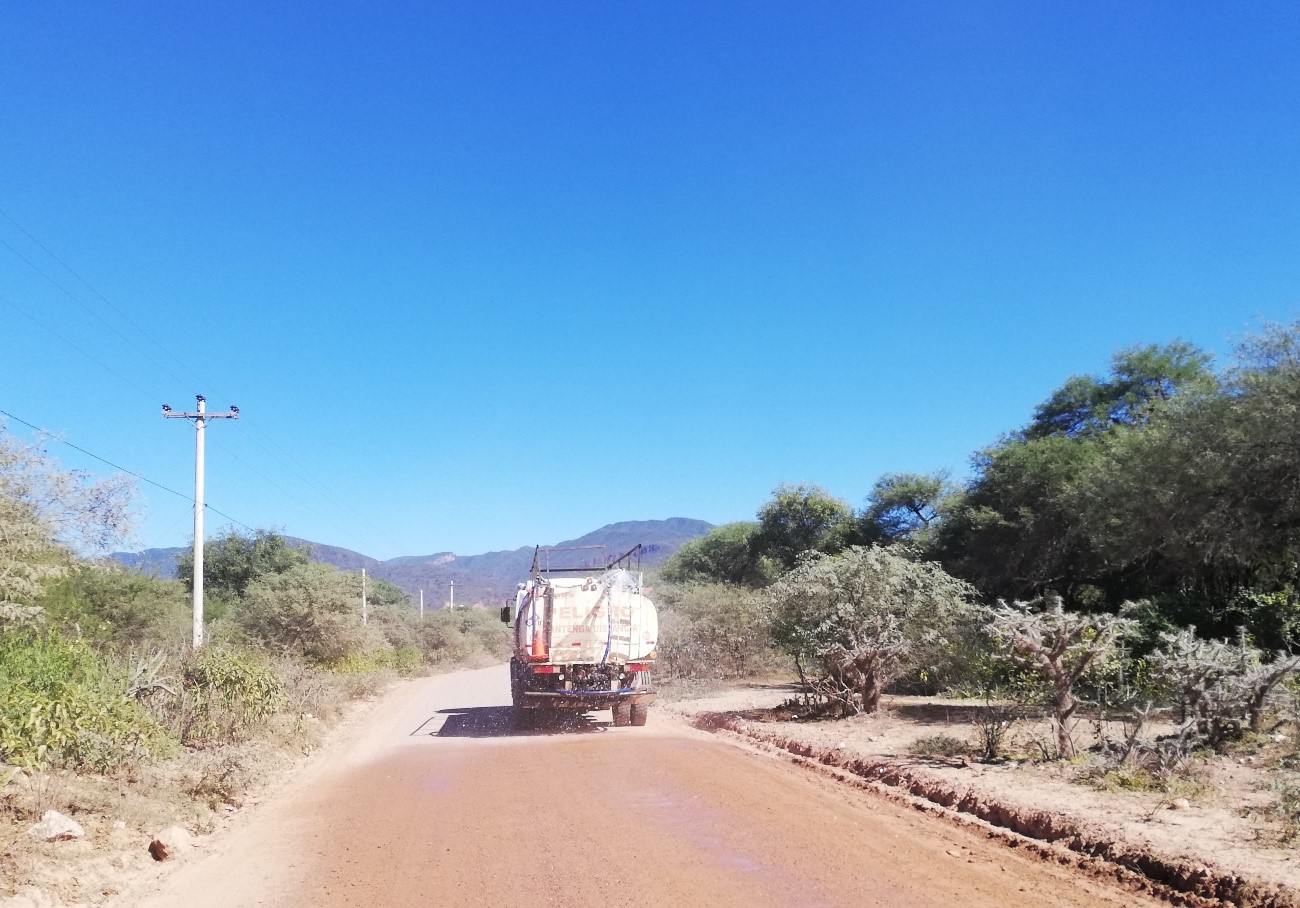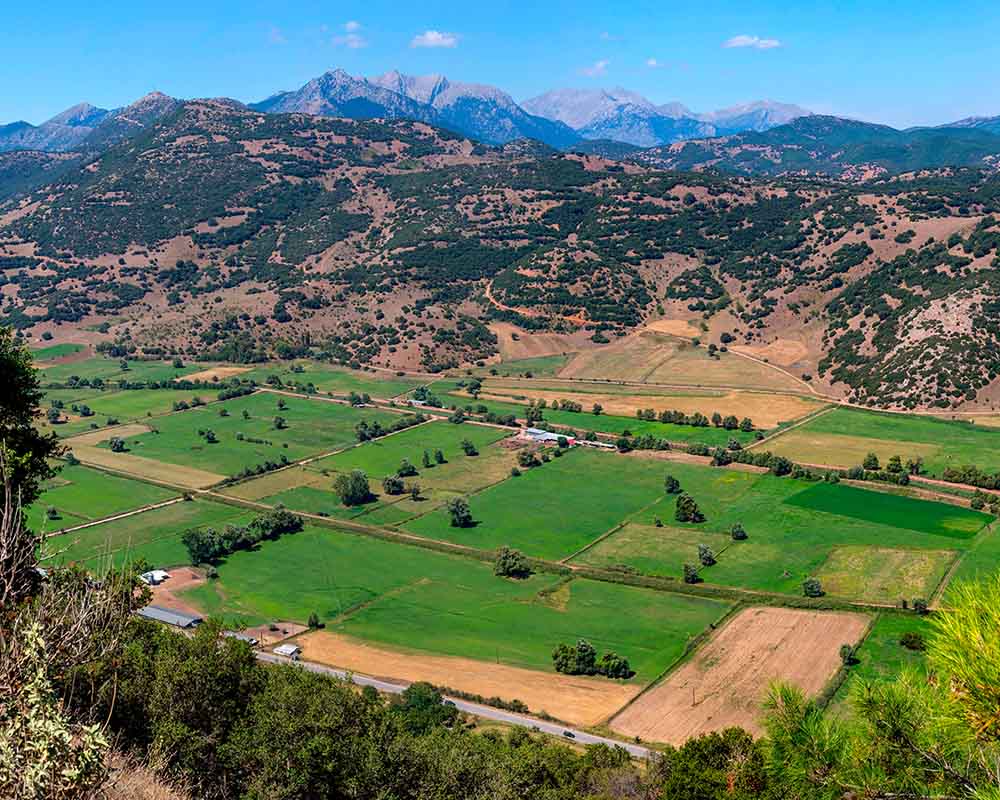Impact assessment and management
Minimizing the negative impacts and maximizing the positive impacts
Our aim is to do this with the impacts that arise due to our operations. Therefore, we work hard to learn about the context and the particular social, economic, and cultural aspects of the areas where we operate and identify the impacts our operations may have.
Due to the nature of our operations and our presence in numerous countries, we are aware that our activities affect a large number of very different populations in very different ways. In order to address this challenge, we have a set of processes and activities aimed at preventing and mitigating our impact and maximizing social opportunities in the communities.
As we have already been doing in our traditional businesses, we have integrated due diligence in human rights into project management processes in the company's new growth vectors, such as the Low Carbon Generation business, by introducing aspects derived from the results of risk and impact assessments.
Performing Environmental, Social, and Health Impact Assessments (ESHIA)
The first thing we do prior to beginning our operations is to perform an environmental and social baseline study to know and analyze the context as well as the area's specific social, economic, and cultural aspects.
Similarly, and in collaboration with local public authorities and social organisations, we identify the stakeholders to be aware of their expectations, needs, concerns, and aspirations. Among these stakeholders are neighbors, local authorities and associations, our customers and suppliers, in addition to all those who are legitimate holders of rights which we may impact.
To that end, we perform Environmental, Social, and Health Impact Assessments (ESHIA). These assessments ensure that all potential impacts are identified as early as possible in the life cycle of a project, so that they're taken into account in the project's own design with the goal of preventing and mitigating their effects. The impact themselves and those resulting from our business relationships are taken into account, including the Extractive Business Partners. The social impacts include impacts on human rights.
Developing a social impact assessment methodology
As of 2011, we have a company-wide internal regulation on environmental, social, and health impact assessments that includes human rights in this assessment process.
The scope of this regulation includes the human rights set out in the Universal Declaration of Human Rights (1948) and the principles regarding rights established in the International Labor Organization’s Declaration on Fundamental Principles and Rights at Work and the eight Fundamental Conventions that implement them.
In 2014, we developed our own human rights impact assessment methodology. It is an internal support guide for units that perform human rights impact assessments that incorporate as part of the impact assessment process.
The phases of this methodology are as follow:

Designing solutions for possible impacts
Given the nature of our operations and our presence in numerous countries, we are aware that our impacts vary.
Our potential impacts mainly arise in refineries and chemical facilities, in our exploration and production operations, or in renewable energy assets. Based on each context and local situation, using constant, participatory, and proactive dialogue, we search for solutions in each case by actively cooperating to repair any harm caused by our activity or that of our partners and contractors, among whom we promote knowledge and compliance with our commitments. Once we have identified the impacts, they are shared in a transparent way with the local community through constructive dialogue accessible to all.
Impact mitigation measures are designed in collaboration with the communities in order to guarantee they meet the needs of those potentially affected. Once implemented, their effectiveness is evaluated and monitored through dialogue with the communities and other interested parties, who represent a valuable source of information for improving established measures or identifying new ones.

An example of due diligence on human rights
Human Rights Impact assessment in La Guajira.
The human rights impacts assessment was carried out in participatory manner and respecting the indigenous cultures. The Repsol methodology was previously presented to the traditional authorities (Wayuu ethnic group). The interviews were conducted while assuring diversity, with the objective of guaranteeing the active participation of the communities.
Transparency and accessibility to factual information is key for maintaining a relationship of trust with our communities. That is why the results of the study were shared through mass meetings in the local language (Wayunikki) where aspects related to territoriality, young people’s loss of identity, labor, economics, the environment, and women’s rights were identified. However, the most relevant impact identified was the protection of sacred areas and the cultural impact without any possible mitigation measures. Therefore, the Company's decision has been not to continue operations in this block, remaining consistent with our Policy, and recognizing and respecting the communities’ cultural diversity.
This case was presented at the European Parliament in Brussels during the "Companies and Due Diligence in Latin America" private event in 2019.
Resettlement and use of lands
We recognize and respect the rights of the villages and legal rights holders over their lands and natural resources, and we make the means available for protecting them, especially in the case of those groups who are most vulnerable.
In accordance with this commitment and the requirements included in our regulatory framework, prior to the start of any activity, feasible alternative designs are considered to minimize the acquisition of land and restrictions on the surface and subsurface land and soil use, in order to avoid resettlement and adverse impacts on the communities and people who use those lands.
Once the location has been selected, we identify the owners and land users with the help of official mechanisms in each area. Additionally, and with the aim of preserving the rights of those most vulnerable, we perform an active search for any other potential legal rights holders, like indigenous communities who use the land or one of its resources. In Canada, we have a great example of how we've carried out this identification.
When resettlement is unavoidable and before proceeding with the project, the following evaluation and compensation measures will be taken:
- Ensure that public agencies have sufficiently complied with or sufficiently guaranteed compliance with obligations defined in their legal system.
- Carry out resettlement and land acquisitions through agreements negotiated through the consultation and participation of individuals or communities, even though they have the legal means for acquiring land without the community's consent. For that, owners or land users are previously informed of the activities to be carried out, how the calculation will be made, and what the method of payment for the compensation will be, and formal permission is requested from them for the use of their land.
- Avoid forced eviction.
- Plan the activities for resettlement, including the restoration of livelihood to compensate the affected people or communities, in case the land acquisitions or use restrictions involve a loss of goods or livelihood, regardless whether or not the affected people are physically relocated.
- Establish a formal mechanism for the constitution of easements or right of way and keep a record in a database.
Identification and management of human rights risks
Human Rights risks are integrated into the Company's Integrated Risk Management System in which the businesses and corporate areas with varying levels of responsibility and specialization are able to identify, measure, manage, and supervise the main risks in matters in which the Group is exposed. The Integrated Risk Management System is based on a Risk Management policy which rejects, among other things, ethics and behavior risks, including risks associated with the violation of human rights; thereby minimizing by all available means its probability of occurrence or associated impact. This commitment to reject the violation of human rights is expressed in the Human Rights and Community Relations Policy and in the Repsol Code of Ethics and Business Conduct.
In accordance with the Integrated Risk Management System, the risk profile is reported at least annually to the risk management units, those most responsible for direct risk management in daily operations, for its formal validation. These units are responsible for promoting, if appropriate, the corresponding actions or developing the precise control mechanisms to align the risk profile with the expectations of the organization, per the risk tolerance statement that is reflected in the Risk Management Policy. Similarly, and at least annually, the Audit and Control Committee and the Sustainability Committee review and evaluate the effectiveness of the management and control systems for these risks. Furthermore, other bodies, such as the Executive Committee, also form part of the Integrated Risk Management System, where among its functions, it monitors the Company's performance in matters related to these risks. Other functions that participate in the process include the risk supervisory units, in this particular case the Sustainability supervisory unit, which promotes that the vision of risks effectively influences the decision-making processes, and the risk audit units that evaluate the design and operation of risk management and control systems.


